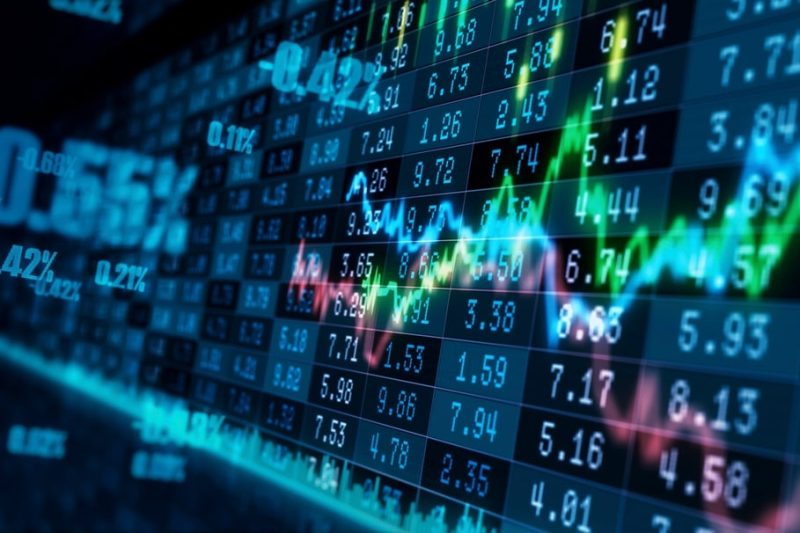
Yesterday’s market was a rollercoaster, a wild ride fueled by President Donald Trump’s announcement of new tariffs, dubbed “Liberation Day” by some. The impact was immediate and dramatic, with S&P 500 futures plummeting a significant 2.7%. This seismic shift sent shockwaves through the tech sector, with several major players – Nvidia, AMD, Apple, Meta, and Tesla – experiencing noticeable fluctuations. The question on everyone’s mind: why these companies, and what does it mean for the future?
The connection between these tech giants and the new tariffs isn’t always direct. It’s a complex web of global supply chains and international trade. Many of these companies rely heavily on manufacturing and components sourced from countries now affected by the tariffs. Increased import costs translate directly to higher production expenses, potentially squeezing profit margins and impacting future growth projections.
Apple, a company deeply embedded in the global tech ecosystem, is particularly vulnerable. A large portion of its manufacturing takes place overseas, making it susceptible to tariff-related price increases. This vulnerability extends to other tech behemoths like Meta and Tesla, who also maintain extensive international supply chains. The ripple effect could lead to higher prices for consumers or a reduction in product development and innovation.
Nvidia and AMD, key players in the semiconductor industry, are also feeling the pressure. The semiconductor market is incredibly interconnected, and tariffs can disrupt the delicate balance of supply and demand. Increased costs for raw materials and components could lead to higher prices for GPUs and CPUs, affecting gamers, businesses, and the entire tech industry.
The market’s reaction was swift and brutal. Investors, understandably concerned about the potential long-term consequences of these tariffs, reacted by selling off shares in these prominent companies. The volatility highlights the inherent risk associated with global trade and the unpredictable nature of political decisions impacting the economy. The coming days will be crucial in determining the lasting impact of these tariffs on these tech giants and the broader market.
It remains to be seen how these companies will navigate this challenging landscape. Some might absorb the increased costs, while others might explore alternative sourcing strategies. Regardless, the events of “Liberation Day” served as a stark reminder of the interconnectedness of global markets and the significant influence of political decisions on the world’s most valuable companies.









